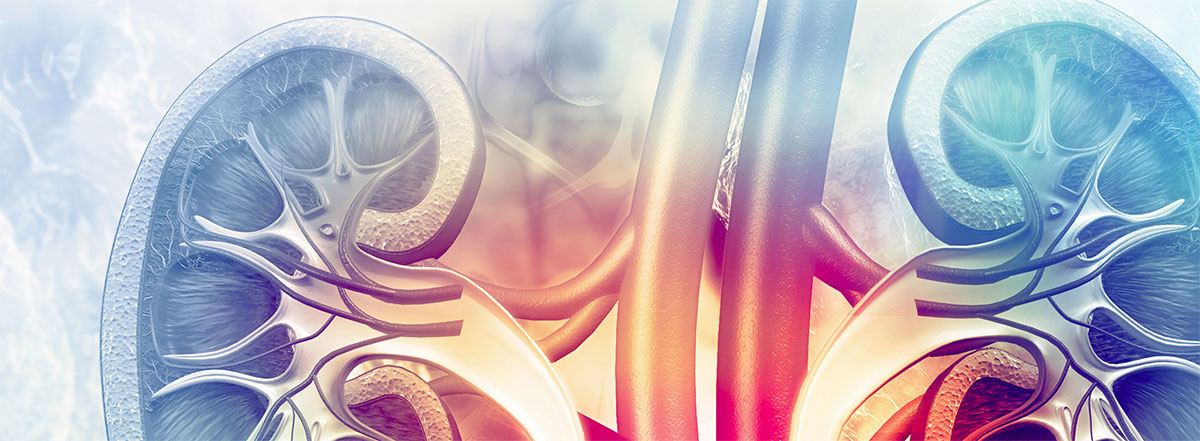Low Salt Diet
“Shake the Salt!”: A Smart Guide to Low-Sodium Living for Kidney Health
If you're living with chronic kidney disease, managing your sodium intake is one of the most important things you can do to stay healthy and feel your best. But sodium hides in surprising places — even in foods that don’t taste salty. With a few smart strategies, you can take control of your salt intake without sacrificing flavor.
Why Does Sodium Matter in CKD?
Sodium (a major part of table salt) helps control fluid balance, blood pressure, and blood volume. But when your kidneys aren’t working at full strength:
- Excess sodium leads to fluid buildup, and this causes swelling in the legs, feet, hands, or belly
- It can raise blood pressure, which worsens kidney damage
- It makes your heart work harder
CKD Goal: Keep sodium intake below 2,000 mg per day — that’s less than one teaspoon of salt total!
How to Spot Sneaky Sodium
Even foods that don’t taste salty can pack in the sodium. Here’s how to stay savvy:
- Check nutrition labels: Look for less than 140 mg per serving (or <5% Daily Value)
- Sodium (mg) should not be higher than the calories per serving • “Low sodium” = 140 mg or less
- “Very low sodium” = 35 mg or less
- “No salt added” doesn’t always mean sodium-free — always check!
Common High-Sodium Foods (and Smart Swaps)
- High-Sodium Food Kidney-Friendly Swap
- Breads & Rolls Oatmeal, brown rice, quinoa, farro
- High-Sodium Food Kidney-Friendly Swap Cold Cuts, Bacon, Deli
- Meats Fresh cooked chicken or turkey
- Pizza Homemade pizza with low-sodium sauce and veggie toppings
- Fried or Rotisserie Chicken Homemade baked or sautéed chicken with salt-free herbs
- Canned or Packaged Soups Low-sodium or homemade soup with broth you control Sandwiches Veggie-packed sandwich with hummus or guac instead of deli meats
- Cheese (feta, blue, aged) Low-sodium cheddar, mozzarella, goat cheese, ricotta
- Condiments (ketchup, BBQ, mustard) Mustard (in moderation), vinegar, lemon juice, oil based dressings
- Frozen Meals Choose options with <600 mg sodium, lean protein, and non-starchy veggies
- Tacos & Burritos Corn tortillas, low-sodium beans, grilled chicken or fish Chips, Crackers, Snack Mix Unsalted nuts, seeds, fruit, low-sodium popcorn, yogurt
Pro Tip: Rinse canned beans and veggies — it removes up to 30% of the sodium!
Cooking and Eating Tips That Make a Difference
Flavor Without Salt
- Use salt-free seasoning blends, lemon/lime juice, vinegar, garlic, herbs, and spices
- Try flavors like smoked paprika, rosemary, basil, or chili flakes • Garlic salt = high sodium. Use garlic powder instead
Cook More at Home
- Homemade meals = more control
- Use fresh or frozen ingredients (not boxed or pre-seasoned)
- Batch-cook soups, stews, or casseroles and freeze in portions
What About Salt Substitutes?
- Many contain potassium chloride, which can be dangerous in CKD • Always check with your provider at Renal Specialists of Houston before using salt substitutes
A Note About Softened Water
Yes, water softeners add sodium — but the amount is very small and not a concern for most people with kidney disease.
Quick Sodium-Reading Checklist
When grocery shopping or meal planning:
- Sodium < 140 mg per serving
- Less than 20% Daily Value for sodium
- Sodium < calories per serving
- Look for Heart-Check certified foods
Final Word: Give Your Taste Buds Time
When you first cut back on sodium, foods may taste a little bland. That’s normal. But your taste buds will adjust in just a few weeks — and soon you’ll appreciate natural flavors more than ever.
Questions? Your healthcare provider of Renal Specialists of Houston is committed to helping you make wise food choices – just ask us!
When you subscribe to the blog, we will send you an e-mail when there are new updates on the site so you wouldn't miss them.



